FAO report underlines the vital role small-scale fisheries play in ensuring global food security and sustainable development
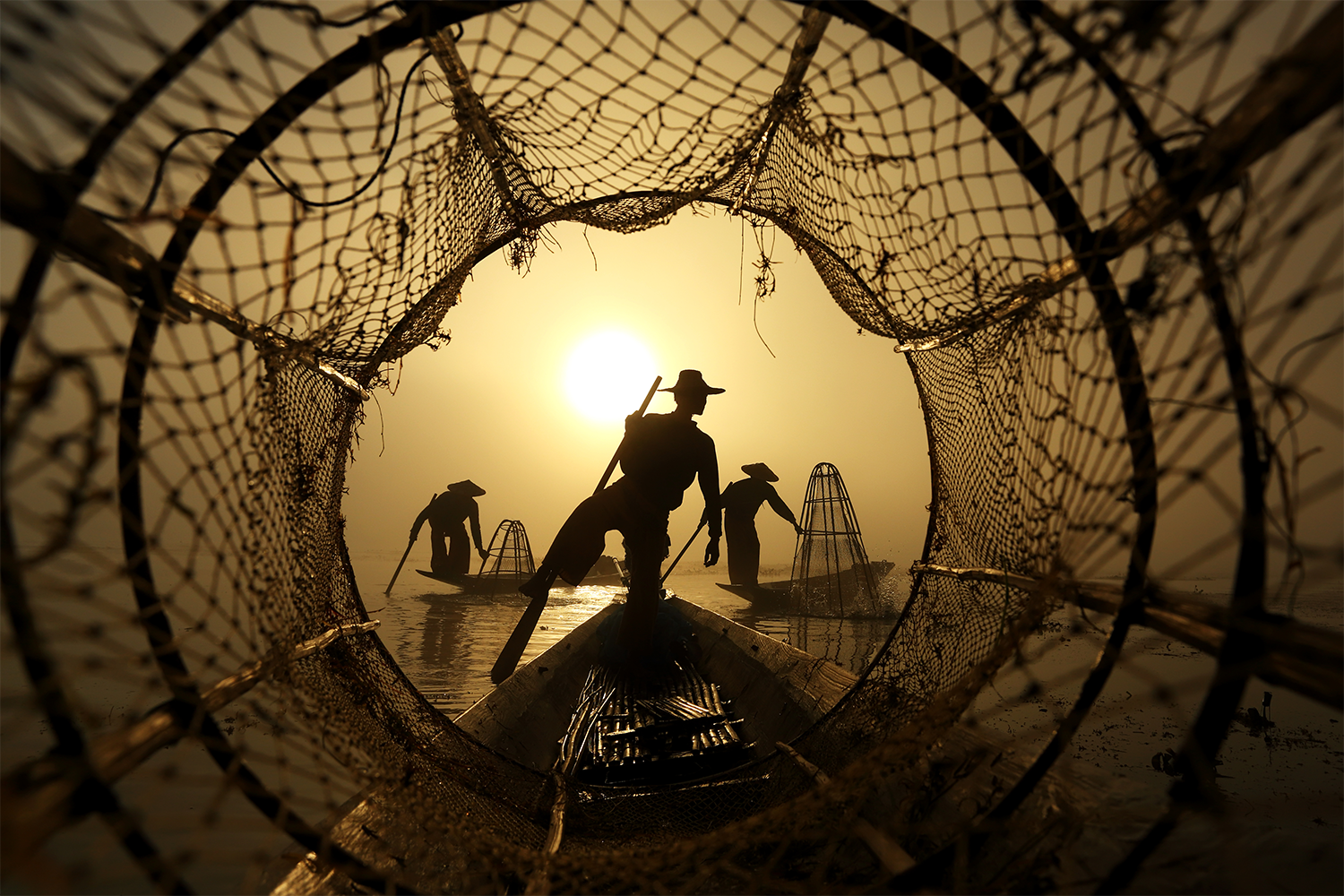
Small-scale fisheries (SSFs) play a critical and direct role in the livelihoods of around half a billion people – providing food security and livelihoods in countless coastal regions – but they are also an increasingly vital component of the wider global food system. But to safeguard the sector’s future, experts report that it needs to be made much more resilient.
Alongside empowering the communities and cultures dependent on small-scale fisheries in ways that ensure they’re more sustainably viable and equitable, such courses of action are seen as a way of progressing many of the Sustainable Development Goals (SDGs) adopted by the United Nations and championed by its members.
The latest estimates from the UN’s Food and Agriculture Organization of the United Nations (FAO) put total revenues from the first sale of SSF catches at U.S. $77 billion, comprising $58 billion from marine activities and $19 billion from inland operations. In volume terms, this equates to around 36.9 million metric tons (MT) of raw materials, with significant variances in their technological and operational scale and complexity, although in many instances, data collection and monitoring are sparse.
It’s also approximated that 90 percent of total capture fisheries employment – some 60 million people – is in the SSF sector, with women accounting for 40 percent of the workforce.
The value of and challenges facing small-scale fisheries are further examined in FAO’s recent global study, “Illuminating Hidden Harvests: The contributions of small-scale fisheries to sustainable development.” IHH provides information that quantifies and improves understanding of the role of small-scale fisheries have in the areas of food security and nutrition, sustainable livelihoods, poverty eradication and healthy ecosystems. It also examines gender equality as well as the nature and scope of governance in these fisheries.
The study was carried out in support of the implementation of the Voluntary Guidelines for Securing Sustainable Small-Scale Fisheries in the Context of Food Security and Poverty Eradication (SSF Guidelines), which were developed to distinguish the plight of small-scale fishers, fish-workers and associated communities. These guidelines were released as a contribution to the International Year of Artisanal Fisheries and Aquaculture 2022.
Besides confirming that several countries are implementing the SSF Guidelines, and that collecting robust fisheries data is key to their success, IHH determines that foods from these fisheries represent “a crucial and sometimes irreplaceable” source of micronutrients and fatty acids important for human growth and health.
Insulting numbers
At the recent Seafood Futures Forum, hosted by the Marine Stewardship Council at Seafood Expo Global (SEG) 2023 in Barcelona, the FAO’s Director for Fisheries and Aquaculture Professor Manuel Barange stressed the importance of aquatic foods in delivering the SDGs in line with the UN body’s Blue Transformation agenda – not least their ability to overcome hunger and poverty.
“One of the most tragic statistics we have is the number of undernourished people in the world has climbed up to 800 million people,” he said. “This is an insult to our intelligence, it’s an insult to ourselves, and we need to find a solution for it.”
Aquatic foods are a key part of the global hunger solution because they are not increasing in cost at the same rate as other foods, and also because they offer considerable diversity to the human diet, Barange explained.
“We capture just under 3,000 species of fish around the world, we grow in aquaculture 650 species – if you compare that to land-based animal production, you realize the potential that we have. But it’s not just about protein,” he said. “If you look at the micronutrient compositions of sardines and mussels compared with chicken and beef, it’s remarkable. It’s not just about the volume of food, it’s also about how we improve the nutritional condition of our population.”
The FAO has projected that between 2020 and 2030, a 6 percent growth in global fisheries production and a 22 percent rise in aquaculture will be achieved. While these trends will translate into a per capita consumption increase of 1.2 kilograms, there will be regions, particularly in Africa, where the amount of aquatic foods people consume will go down because the production growth will not keep up with the rise in population, Barange said.
“It is for this reason that we can’t be complacent with these trends; we need blue transformation – it’s a recognition that without changes we won’t see the sector providing the sustainable and productive returns that we need,” Barange said.
Fueling consumption upturns
The forum heard that FAO’s Blue Transformation agenda has three objectives: First, to intensify and expand sustainable aquaculture to satisfy the global demand for aquatic foods and to distribute the benefits equitably. Second, to ensure all fisheries are effectively managed to deliver healthy stocks and equitable livelihoods. Lastly, to upgrade value chains to ensure the social, economic and environmental viability of aquatic foods.
Respectively, the UN body’s hoped outcomes are that aquaculture production grows by at least 35 percent by 2030, especially in food-deficient regions; 100 percent of marine and inland fisheries are under effective management and IUU fishing is eradicated; and loss and waste are halved, with more transparency and traceability, better market access and more equitable returns.
With regards to effective management, Barange highlighted that FAO regards two-thirds of global fisheries are sustainable, and of this portion, it’s the larger, more profitable fisheries that are better managed than the smaller ones, and which have subsequently seen biomasses steadily increase since around 2005 or 2006.
“That is because of management,” he said. “When you manage them, they become sustainable. If you don’t, they do not become sustainable,” said Barange. “If we achieve blue transformation, we have modeled that we can expect a growth in the per capita consumption up to 25.5 kilos by the middle of the century. But a failure to transform – if we fail to put fisheries under management, if we do not make aquaculture sustainable if we do not develop the value chain – then we can see a decrease in the per capita consumption to under 19 kilos per person. The consequence of this is more pressure on land-based food systems and therefore more ecological problems.”
Illuminating Hidden Harvests adds to this, stating that achieving SDG 2 (zero hunger) won’t be possible in many places without sustained or strengthened contributions from aquatic foods, and that small-scale fisheries have “a prominent role” to play in this supply. It adds that “direct nutritional benefits are realized through providing nutrient-rich food to families, while indirect benefits accrue through economic pathways, with small-scale fisheries providing livelihoods for men and women, and thus income to purchase food.”
One of the most tragic statistics we have is the number of undernourished people in the world has climbed up to 800 million people. This is an insult to our intelligence, it’s an insult to ourselves, and we need to find a solution for it.
The analysis finds the proximity to SSFs is also associated with lower inequality in fish consumption between wealthy and poor households by an average of 30 percent, that it increases access to fresh fish by a factor of up to 13, and increases dietary diversity in children, with young kids in rural low- and lower-middle-income countries especially benefiting from these nutrient-rich foods.
According to the IHH report, strategies are needed to ensure the nutritional benefits from SSFs and fish products generally are shared across value chains to include vulnerable groups, with further initiatives required to ensure those benefits are optimized.
It also concludes that capacity building, partnerships and joint efforts by governments, small-scale fishers, fish workers and organizations, researchers, development agencies and other stakeholders will be required to secure sustainable SSFs. This, it states, includes strengthening the co-production of knowledge to fully uncover the hidden contributions of the fisheries and to unleash their potential for supporting SSF Guidelines implementation and the achievement of the SDGs.
Zimbabwean legislation boost
Zimbabwe could soon take a big step forward in this direction through a new bill – hailed as a first-of-its-kind piece of legislation – that’s looking to bring all regulations on fisheries and aquaculture production and conservation under one roof.
With government officials acknowledging the current regulatory framework has been impeding growth and investment in the South African country, they recently joined fish industry leaders and the private sector in a meeting in Harare to discuss the framework and the process of developing the bill. They agreed on a roadmap for consultations involving stakeholders across the sector.
The Harare meeting was organized by FISH4ACP, a global aquatic value chain development initiative of the Organization of African, Caribbean and Pacific States (OACPS). FISH4ACP, implemented by FAO with funding from the European Union and the German Federal Ministry for Economic Cooperation and Development (BMZ), started work in Zimbabwe by assessing the tilapia sector and identified the legal framework as a key area for improvement. An upgraded strategy for the tilapia value chain is now in place.
“I’m convinced that this bill will result in increased investment and production in Zimbabwe’s fisheries and aquaculture sector,” said Patrice Talla, FAO Subregional Coordinator for Southern Africa and Representative to Zimbabwe in a speech read at the meeting on his behalf by Louis Muhigirwa, FAO Deputy Representative to Zimbabwe.
Moving forward, a team of legal experts from the legal division of Zimbabwe’s attorney general’s office and FAO’s legal division will assist in compiling the draft bill, prior to validation by stakeholders. It’s expected the bill will be considered for debate in parliament and ascension to law by the end of 2023.
Follow the Advocate on Twitter @GSA_Advocate
Now that you've reached the end of the article ...
… please consider supporting GSA’s mission to advance responsible seafood practices through education, advocacy and third-party assurances. The Advocate aims to document the evolution of responsible seafood practices and share the expansive knowledge of our vast network of contributors.
By becoming a Global Seafood Alliance member, you’re ensuring that all of the pre-competitive work we do through member benefits, resources and events can continue. Individual membership costs just $50 a year.
Not a GSA member? Join us.
Author
-

Jason Holland
Jason Holland is a London-based writer for the international seafood, aquaculture and fisheries sectors. Jason has accrued more than 25 years’ experience as a B2B journalist, editor and communications consultant – a career that has taken him all over the world. He believes he found his true professional calling in 2004 when he started documenting the many facets of the international seafood industry, and particularly those enterprises and individuals bringing change to it.
Tagged With
Related Posts
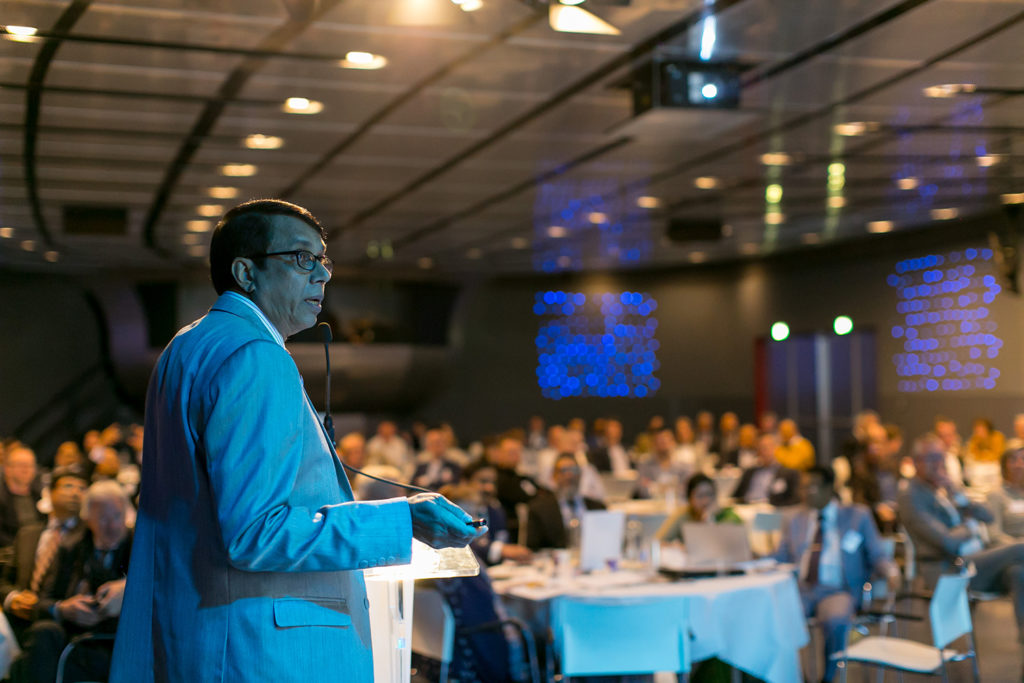
Intelligence
Bangladesh seeks more buck for its ‘bagda’
As more than 80 percent of Bangladeshi shrimp exports already go to EU markets, a consultation meeting involving buyers from the bloc and Bangladesh industry stakeholders and authorities was held at the end of last month in Utrecht, the Netherlands.
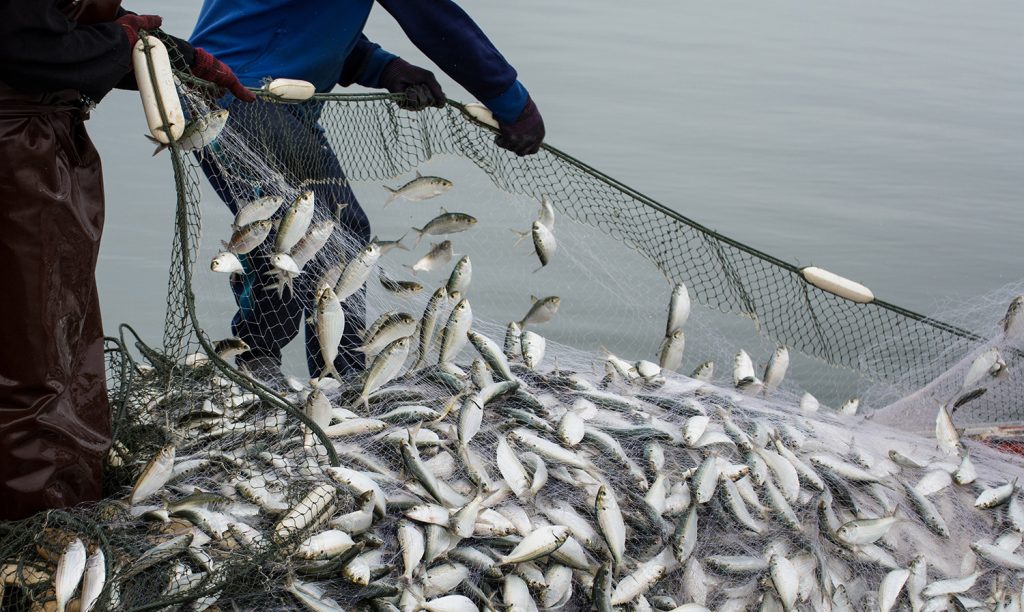
Fisheries
On the dark side: How technology helps to expose potential IUU fishing on the deep sea
To better monitor IUU fishing, watchdogs are turning to tracking devices, satellites and even artificial intelligence.
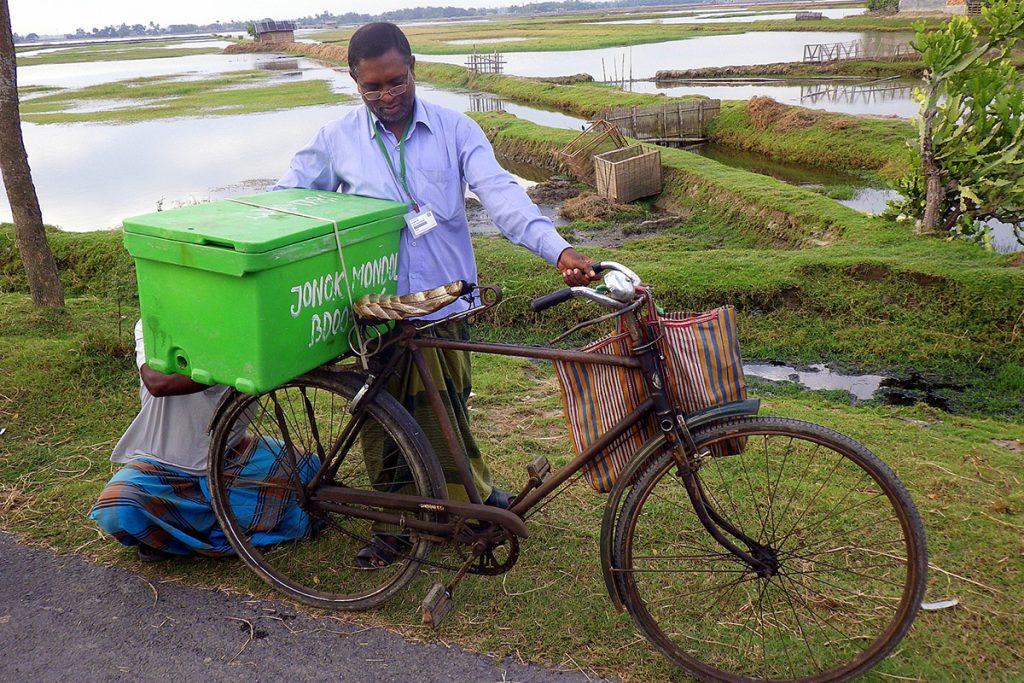
Responsibility
Crouching Tigers: Bangladesh shrimp farming at a critical juncture
With improver programs and branding opportunities for its black tiger producers, Bangladesh shrimp farming eyes a more profitable future.
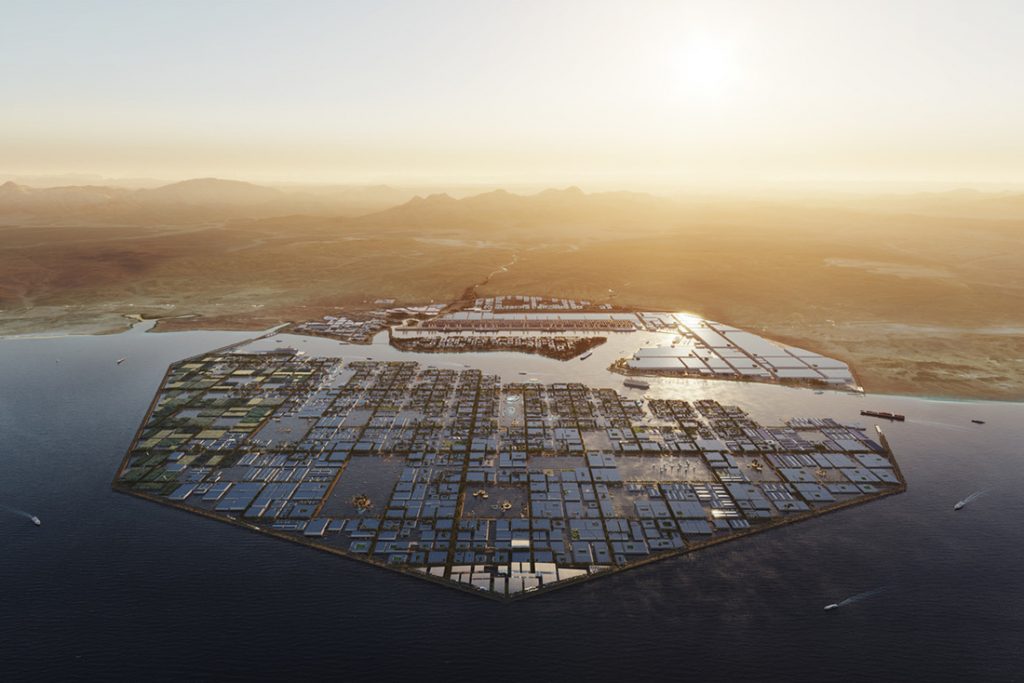
Intelligence
Neom plans to be the green city on the Red Sea with a blue foods focus
As befits a futuristic eco-city, there are very bold, very green plans for Neom, Saudi Arabia’s mega-territory being built alongside the Red Sea.


